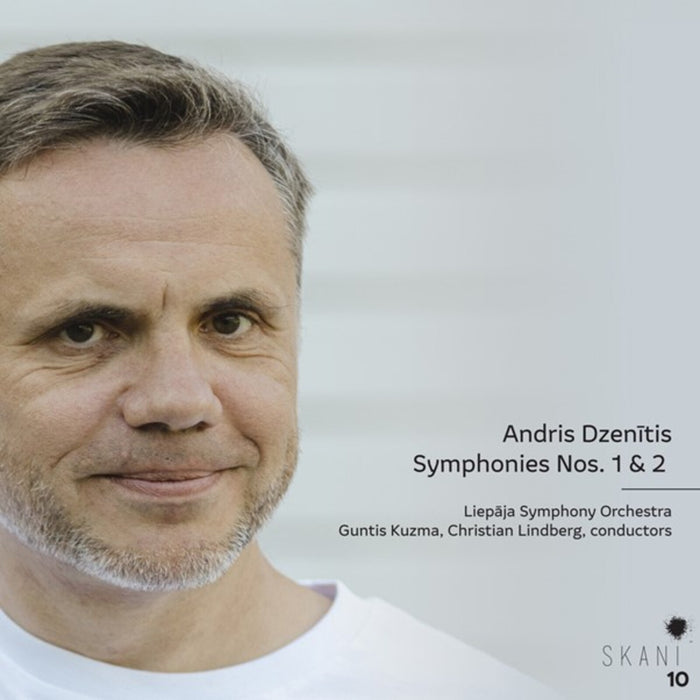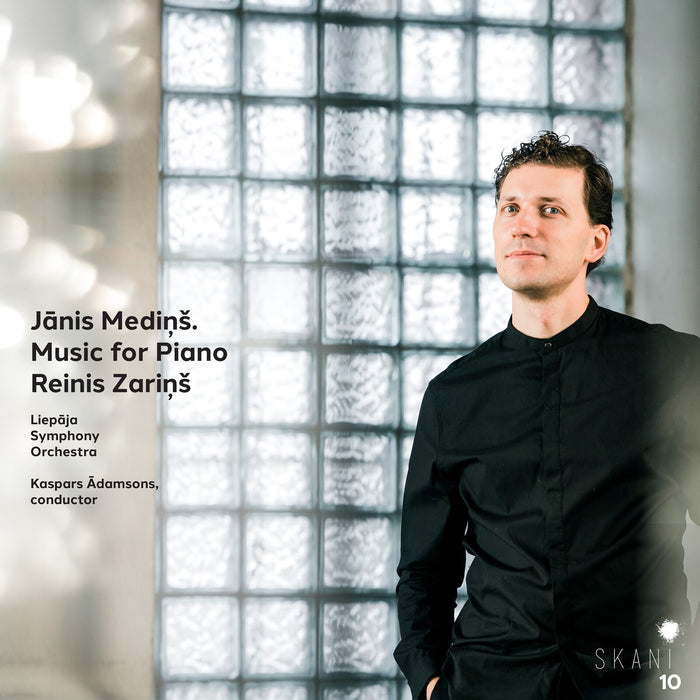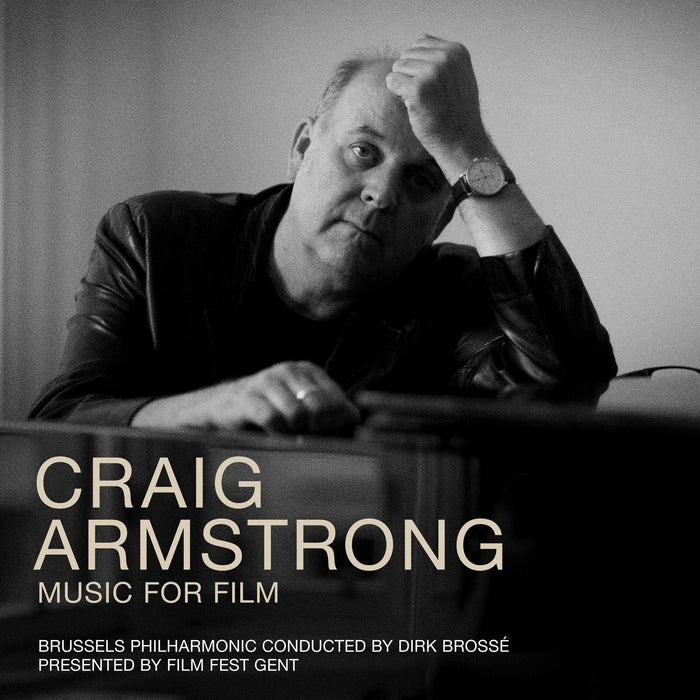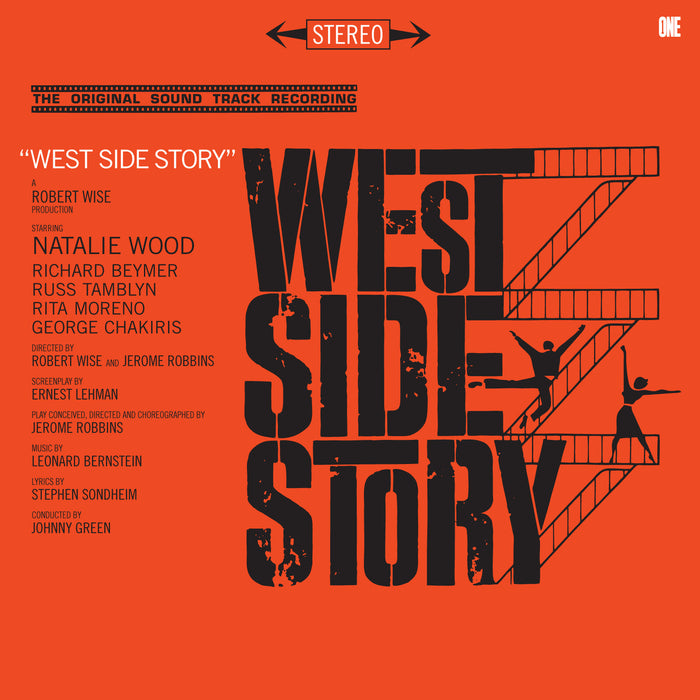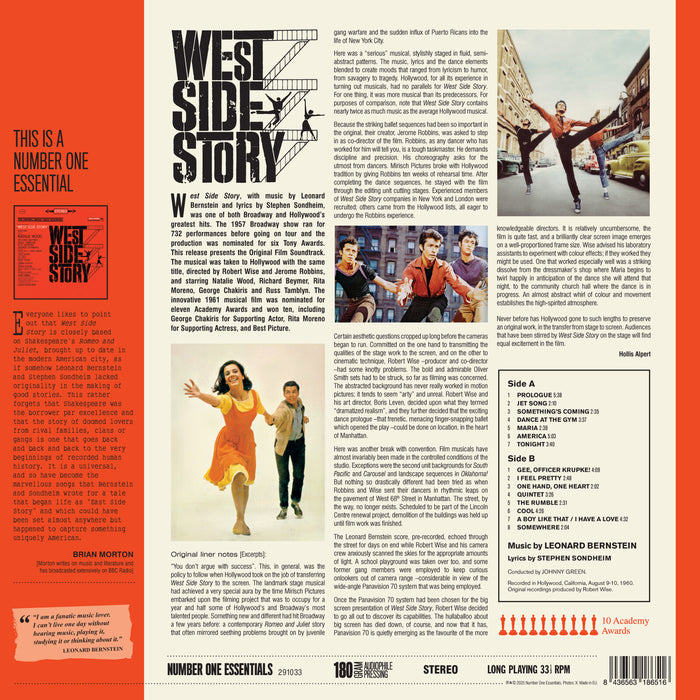Description
The album features popular songs arranged for voice and guitar from theatre and film productions by Latvian composer Imanta Kalnina.
"Nothing in this world sounds quite like a person's soul, in which all dimensions can be found. This is given to everyone from birth." - Imants Kalnins
Kalnins composed the Concerto for Cello, the Sonata for Piano and his first music for theatre while still a student. During this same period (1961-1964), he additionally served as the pianist forthe Riga Pantomime, led by Roberts Ligers. Likewise, it was during this time that he gained his first creative influences from imported rock-n-roll, particularly recordings of The Beatles.
In 1966, Kalnins became a member of the Latvian Composers' Union. After completing his studies, he moved to Liepaja on Latvia's western coast and taught at the Emilis Melngailis School of Music until September 1967. He then worked at the Liepaja Theatre until 1974. In 1969, Kalnins founded the rock-n-roll band 2xBBM, whose repertoire included songs by The Beatles, arrangements of Latvian folk songs and original compositions. However, after a concert in Ogre in 1970, the authorities banned the group from performing.
Kalnins composed many of his best-known rock songs, as well as the rock opera Ei, jus tur (Hey, You There; according to some sources, the first rock opera in the Soviet Union), in Liepaja in the late 1960s and early 70s. He then spent a year in Riga, and in 1975, he moved to the "Vecpauleni" home in rural Vecpiebalga, where he composed the operas Speleju, dancoju (I Played, I Danced)and Ifigenija Aulida (Iphigenia at Aulis), the Rita celiens (Morning Hours) oratorio and other notable works.
The music of Imants Kalnins is absolutely unique and individual. His style is equally recognisable in the classical as well as the non-academic genres, and it is just as brilliant in symphonic music as it is in popular music. Ostinati figures and detailed ornamentation of melodies or principal themes abound, and there is no lack of characteristic harmonic progressions and cadences. While works from his early period tend to have an expressionistic character, his later works are characterised by crystal-clear texture and classical thinking.






